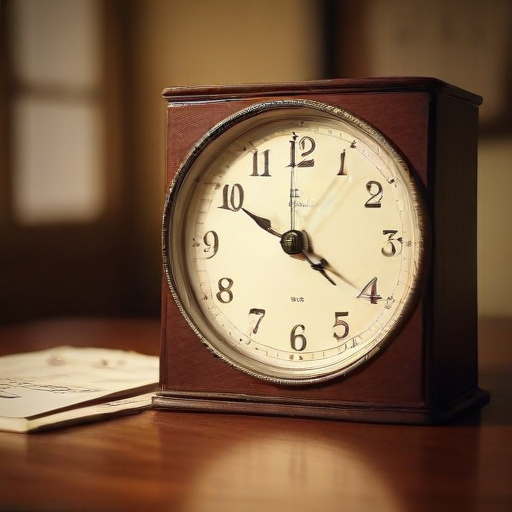As the clock strikes 2 a.m. on Sunday, November 3, most states in the U.S. will “fall back,” granting everyone an extra hour of sleep and resulting in brighter mornings. This biannual adjustment signifies the end of daylight saving time, a practice that influences the daily rhythms of millions of Americans.
Daylight saving time, which typically occurs from March to November, involves setting clocks forward by one hour in the spring to extend evening daylight, and then rolling back an hour in the fall, allowing for brighter mornings during the winter season. The transition back occurs this year despite the Sunshine Protection Act—a measure aimed at making daylight saving time permanent—having passed the Senate but stalled in the House since its introduction in 2022.
Despite the challenges, there is ongoing advocacy around this issue, with lawmakers like Senator Marco Rubio pushing to abolish the biannual clock change. Rubio argues for the importance of modernizing our timekeeping practices, stating, “Let’s finally pass my Sunshine Protection Act and end the need to ‘fall back’ and ‘spring forward’ for good.”
While not every state observe this system—Hawaii and most parts of Arizona, as well as territories like Puerto Rico and Guam, notably do not participate—many still feel the effects of this time shift. The upcoming change will lead to earlier sunsets, but for many, it also means the comfort of an extra hour of rest.
This cycle of clock adjustments raises questions about the merits of daylight saving time itself. As discussions in Congress continue, there is hope that a resolution can be found that best suits the changing needs of modern society. A successful push towards permanent daylight saving time could bring more consistency to our daily lives, benefiting sleep patterns and overall well-being for many Americans.
In summary, while the clock change offers tangible benefits like more morning light, the ongoing conversation about whether to keep or abolish this practice reflects a broader desire for adaptation to contemporary lifestyles. The dialogue around the Sunshine Protection Act could potentially pave the way for a future without the twice-yearly clock adjustments, providing a more settled approach to time management.
